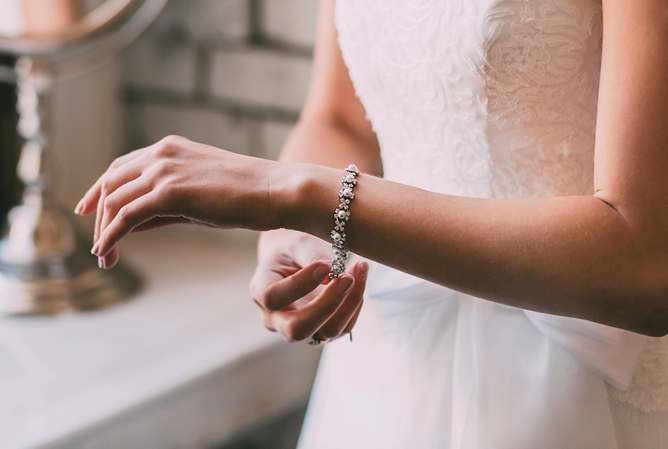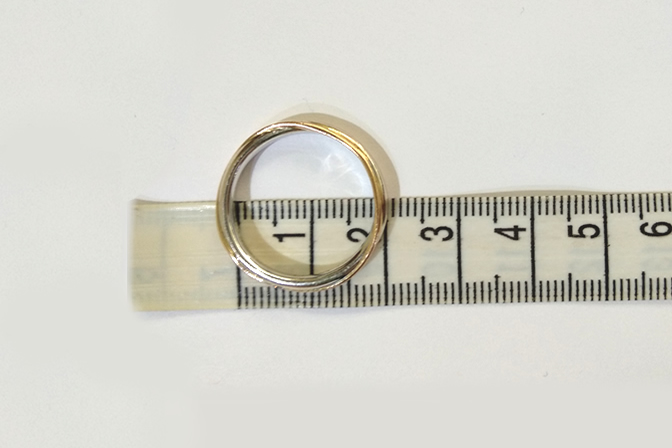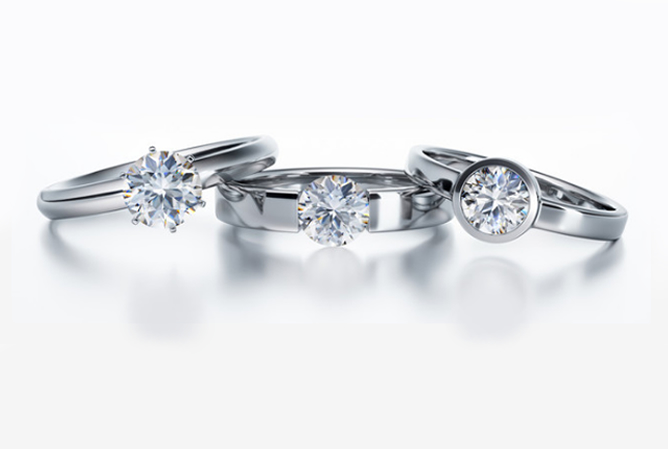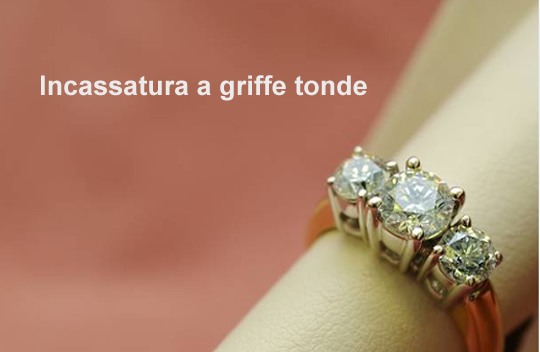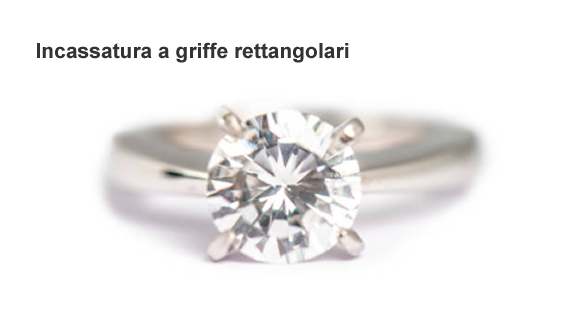Here's the difference between setting and setting
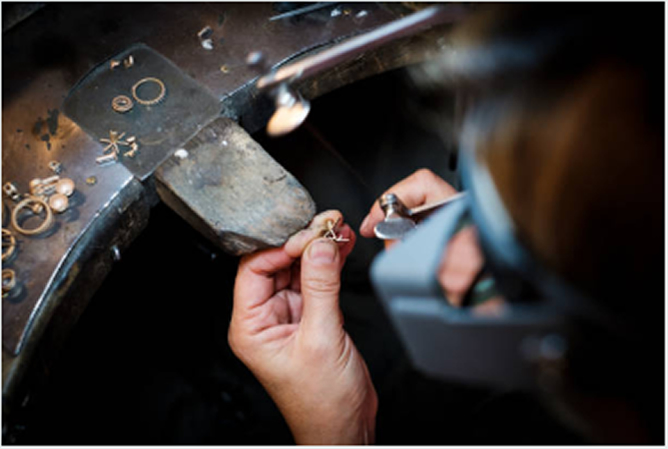
Depending on the method used to fix the stone on the jewel, a different denomination is given. Below we show you the difference between the two methods, happy reading.
Prong setting
It is the most performed type of setting in goldsmithing, as it is the best way to fix a stone, making it shine in all its beauty.
The prong is a set of points, which serve to hold the precious stone. The tips of the prongs can be of various shapes, below we show you some images of the different shapes of prongs:
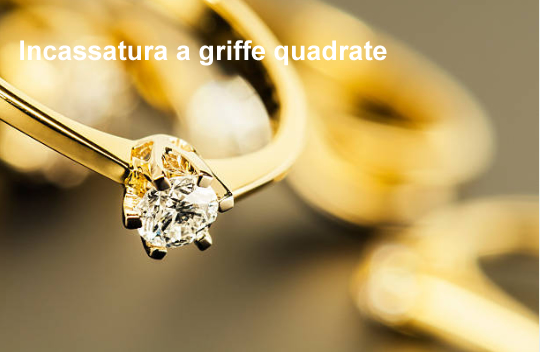
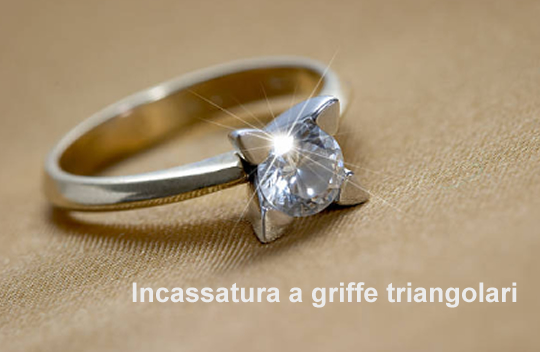
Casing with grains and shot
This technique is used to embed very small contour stones.
The setting is carried out mainly by piercing the jewel with the cutter so that the stone fits perfectly in its seat. And subsequently, with the burin, the metal around the stone is cut, forming three or four grains, which will then be placed against the stone, so that the stone remains fixed in its seat by the previously formed pins.
In goldsmithing, two different systems are used in setting stones: night or day working.
It is called night processing, when the hole intended to contain the stone is closed at the bottom and therefore prevents the stone from receiving light from below.
Open setting, on the other hand, occurs when the stone is fixed in an open hole at the bottom. The latter is the most used in goldsmithing, because it makes the stone non-opaque, more flashy and with greater brightness.
Pavè setting
Pave setting is a method similar to setting with grains and pellets. It is used to set very small stones, which is why it requires excellent eyesight and great patience. But the final result is enchanting, because the stones are very close to each other and practically no metal parts between the stones can be seen with the naked eye.
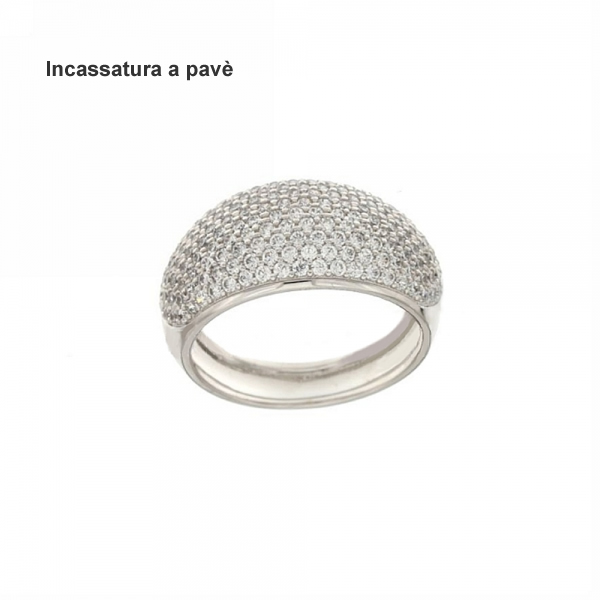
Setting
In setting, the stone is stopped in the bezel (tube-shaped hole).
To stop it, two different methods are used: by tapping , done with a hammer and a chisel, and by pins, done with a burin.
The bezel is normally circular in shape, while when the shape is adapted to that of the stone (oval, rectangular, etc.), it is called a bastina.
To set the stone, first place it in the cavity (bezel or stick) and then beat the edge of the stick so that the metal adheres to the edge of the stone.
This type of processing, however, has the drawback of reducing the natural size of the stone, because a part of the stone will be hidden inside the setting.
In the photo below you can see a picture of a stone setting.
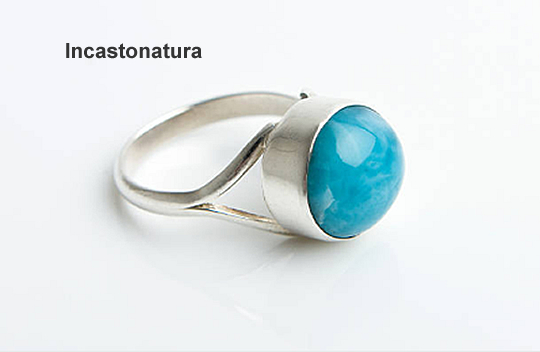
We also remind you that if you need to purchase a jewel entirely in 18K gold. Trust the OmniaOro ® Specialists

